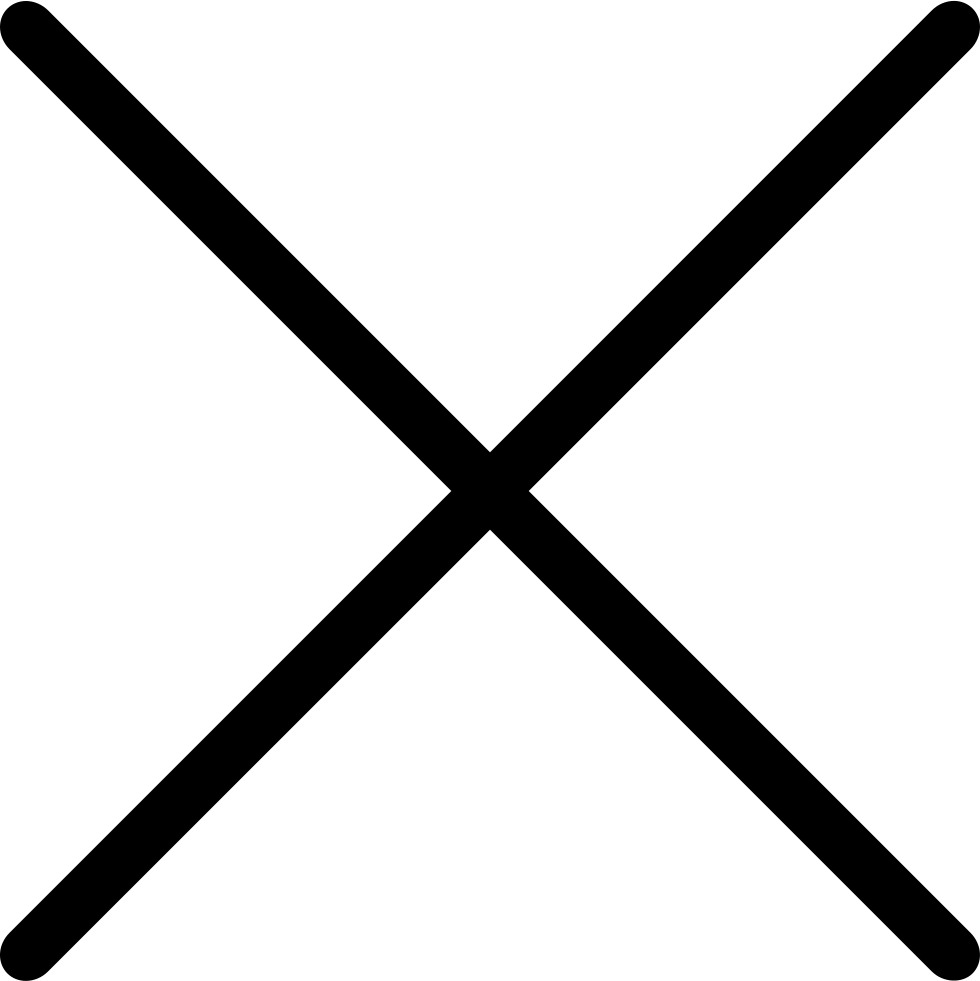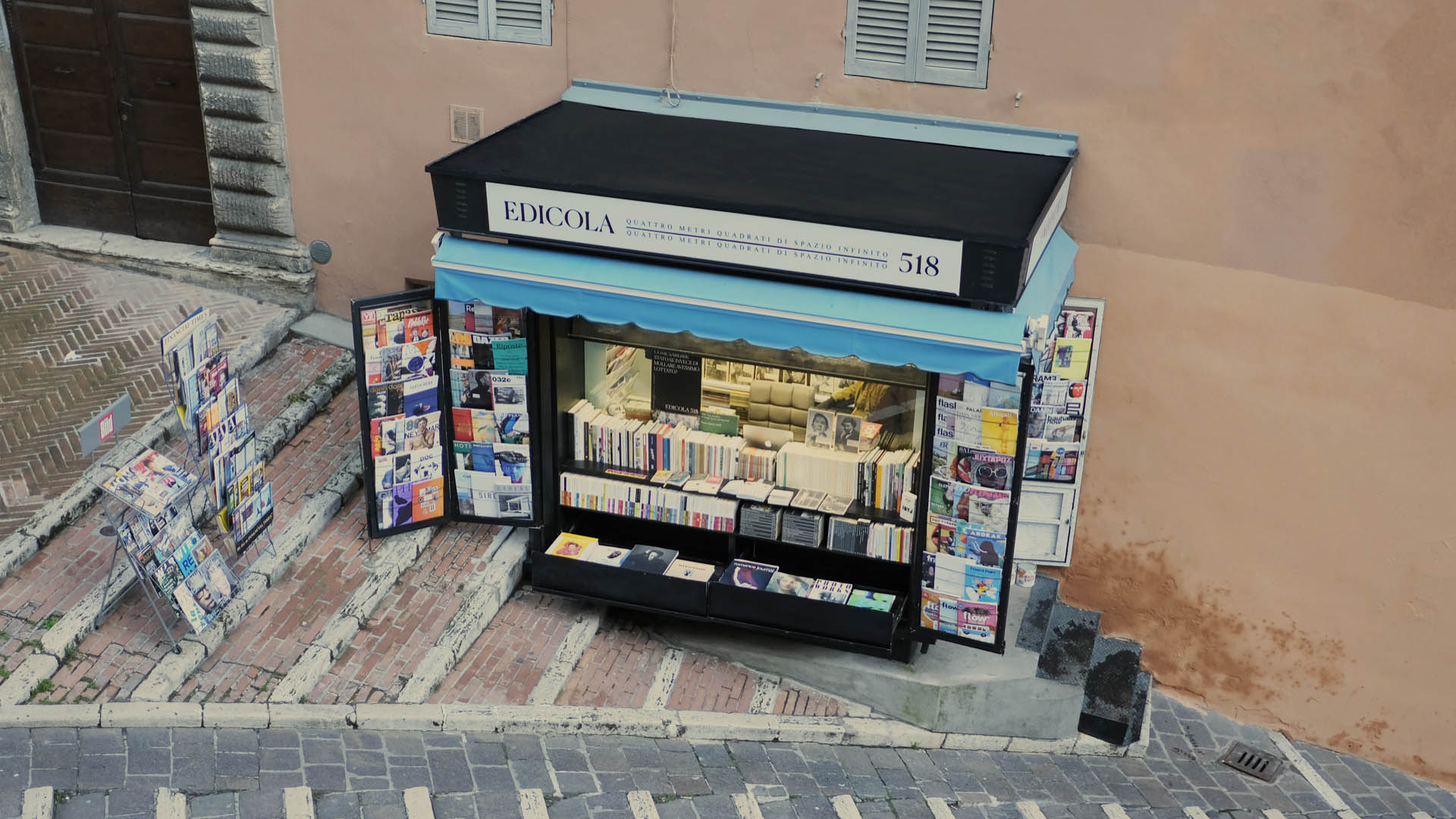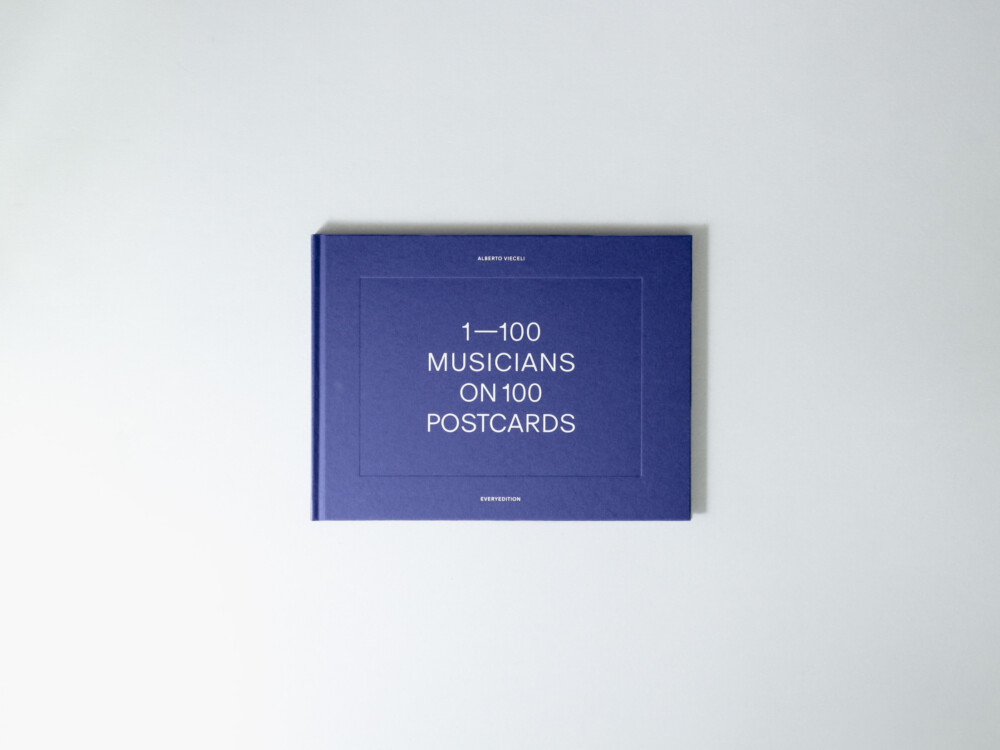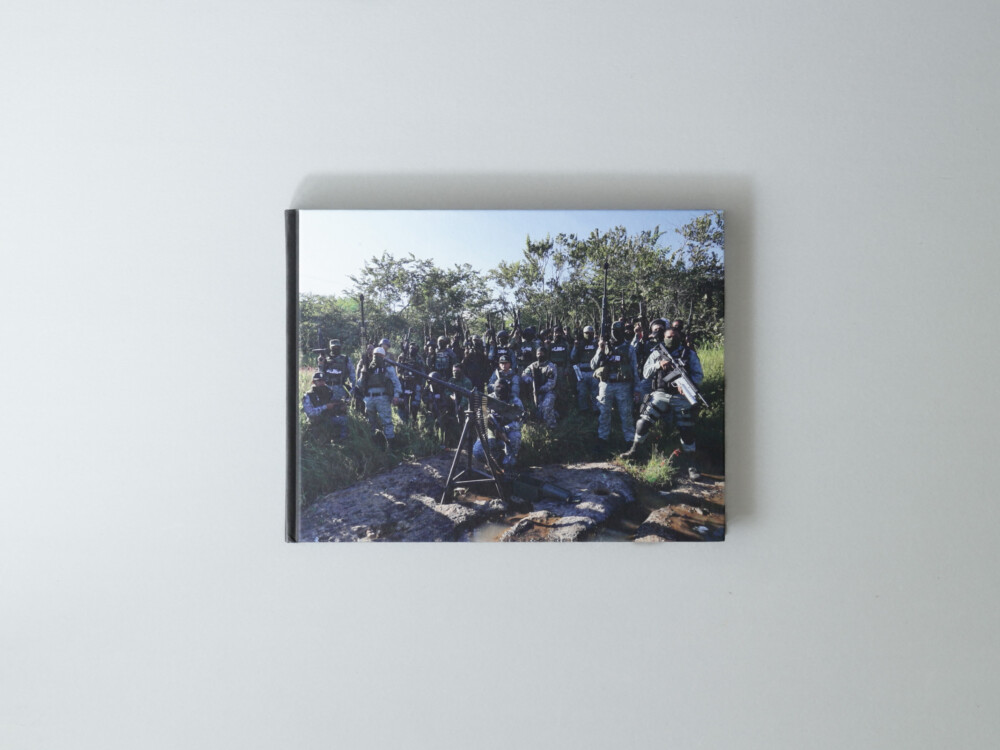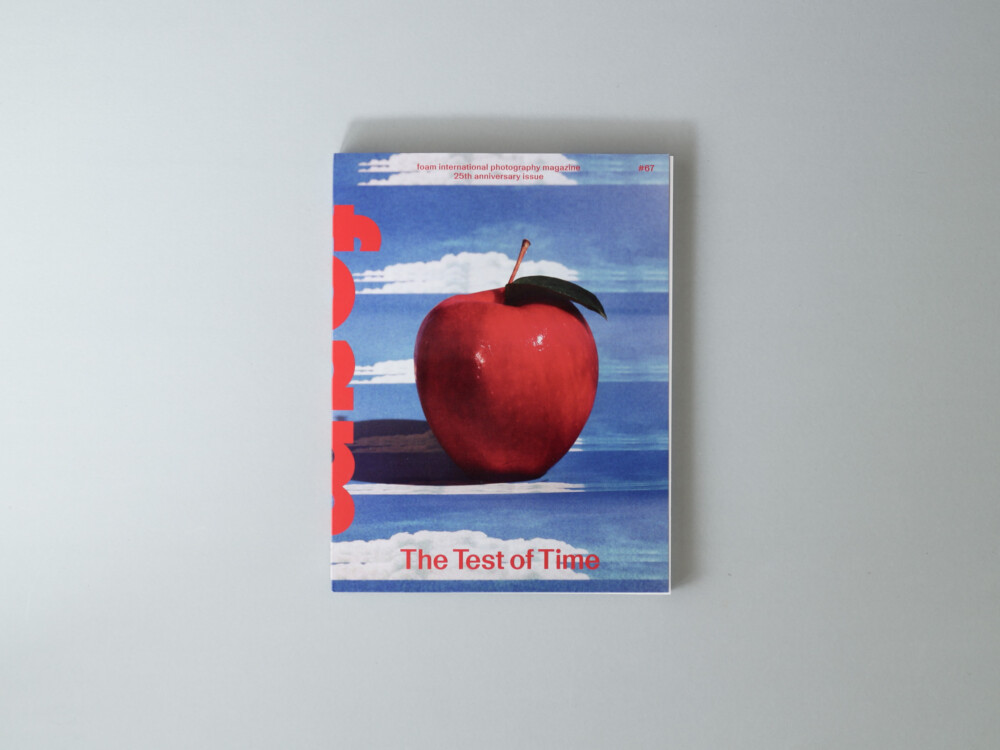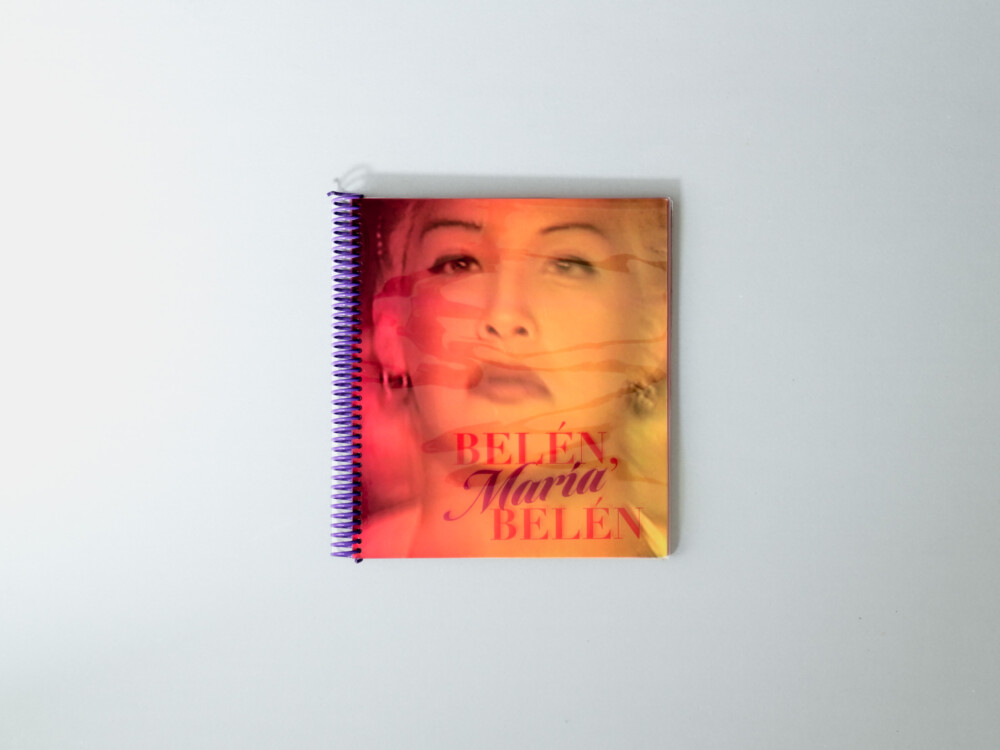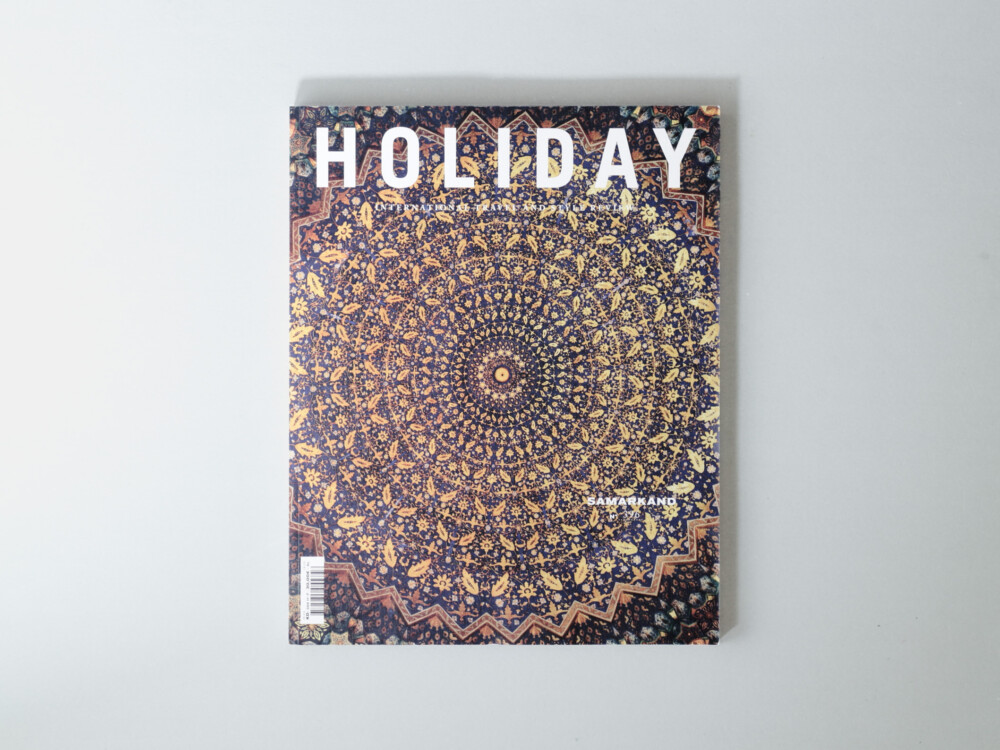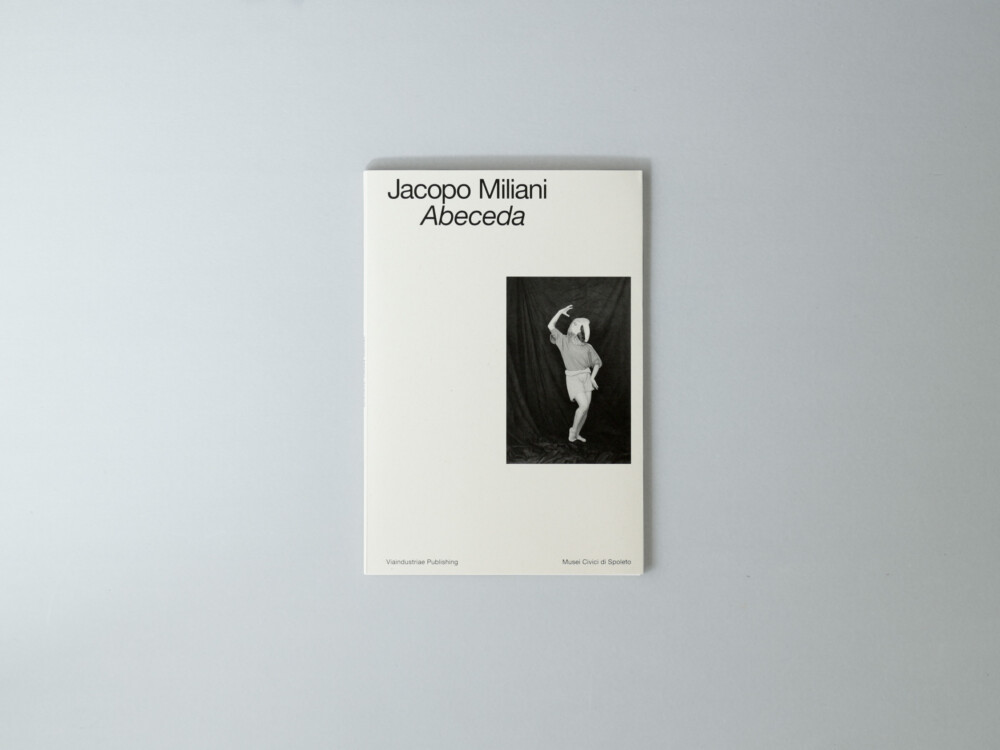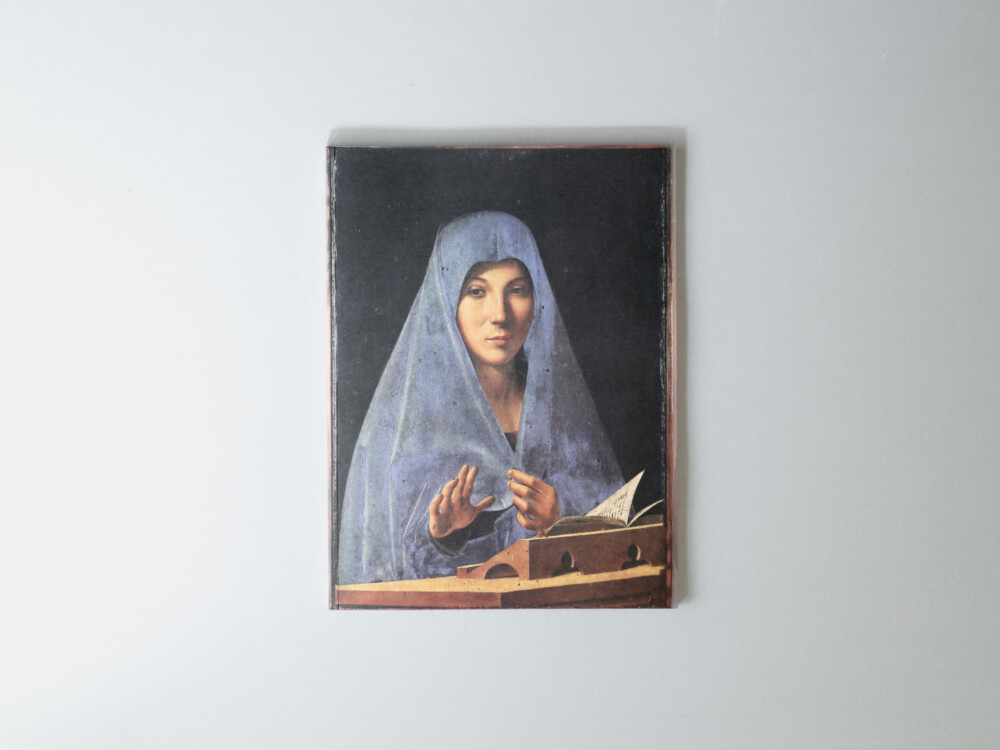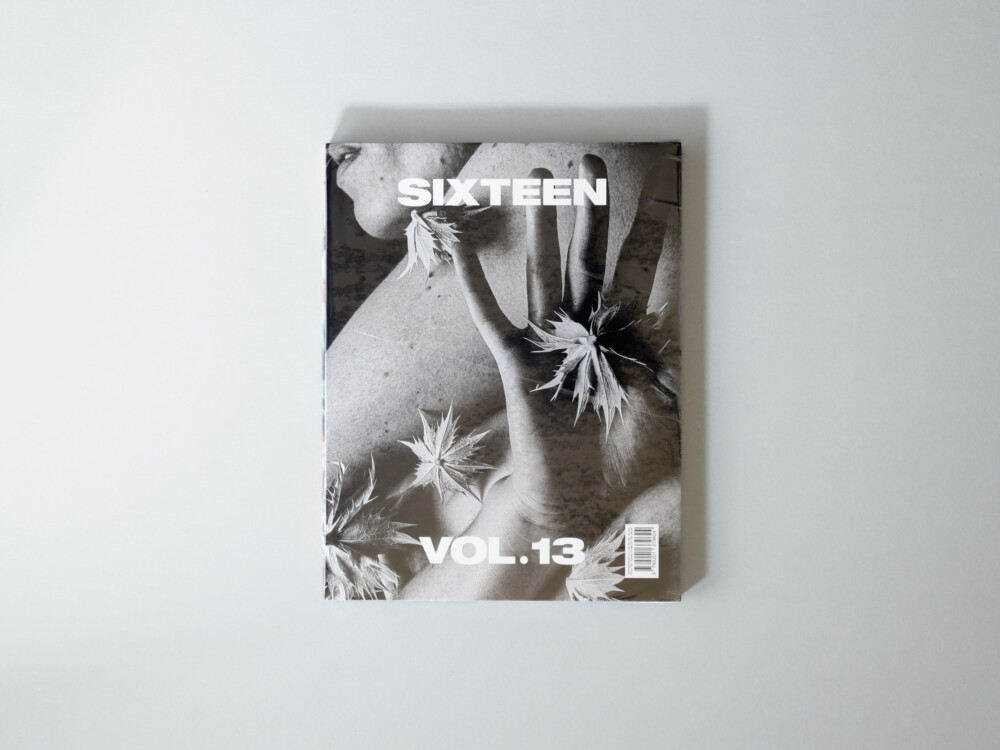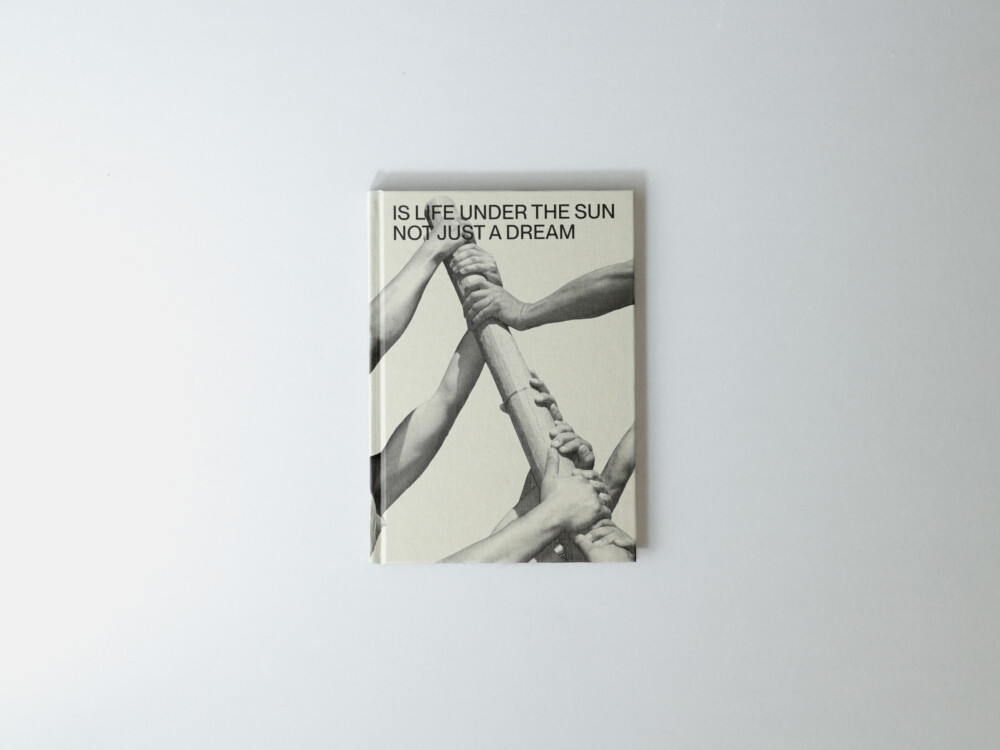The end of books
54,00€
As a rule, books go on a shelf. And there, their placement follows a certain organizational pattern. But how do we go about it? Do we set this pattern according to the content, do we follow their appearance or do we leave the “order” to chance? Each book has a certain weight and extension, it has a particular color and materiality. This diversity calls for a certain order. How we order something also reflects our way of thinking; in doing so, however, we are often guided by social norms or frozen concepts. And yet it is precisely in our dealings with the simple world of things that a spark of our primordial creativity shimmers through. This is also true for the way we present books. For example, we make bookends by converting other objects into them. Or we use artistic- looking everyday sculptures for this purpose. Like books, these objects have a character of their own. More than that, in fact: interestingly, they also enter into a dialogue with the books they support. Just as books reflect the infinite diversity of the world, this is also reflected in the different look of the bookends. Book and bookend react to each other in a mimetic way. This collection of bookends reflects not only the versatility through which these objects begin to take on a life of their own in our homes, but also the diversity of their users. The “ends” can equally be read as the beginnings of a new social order. “There is no death of the book, but rather a new way of reading,” state the two philosophers Gilles Delleuze and Félix Guattari in their wonderful text “Rhizome”. For every book invites us to appropriate what we have read in an individual way. In doing so, we multiply our view of our existence; we liberate thinking from conventions. This does not necessarily mean that we have to understand a text, rather the book is a tool of our perception of the world. It is, just as Mallarmé notes, also a spiritual instrument. Bookends reflect exactly this special tool-character.” Susanna Koeberle

